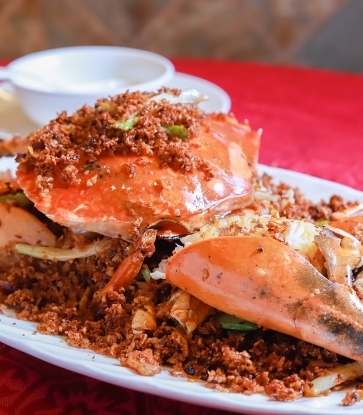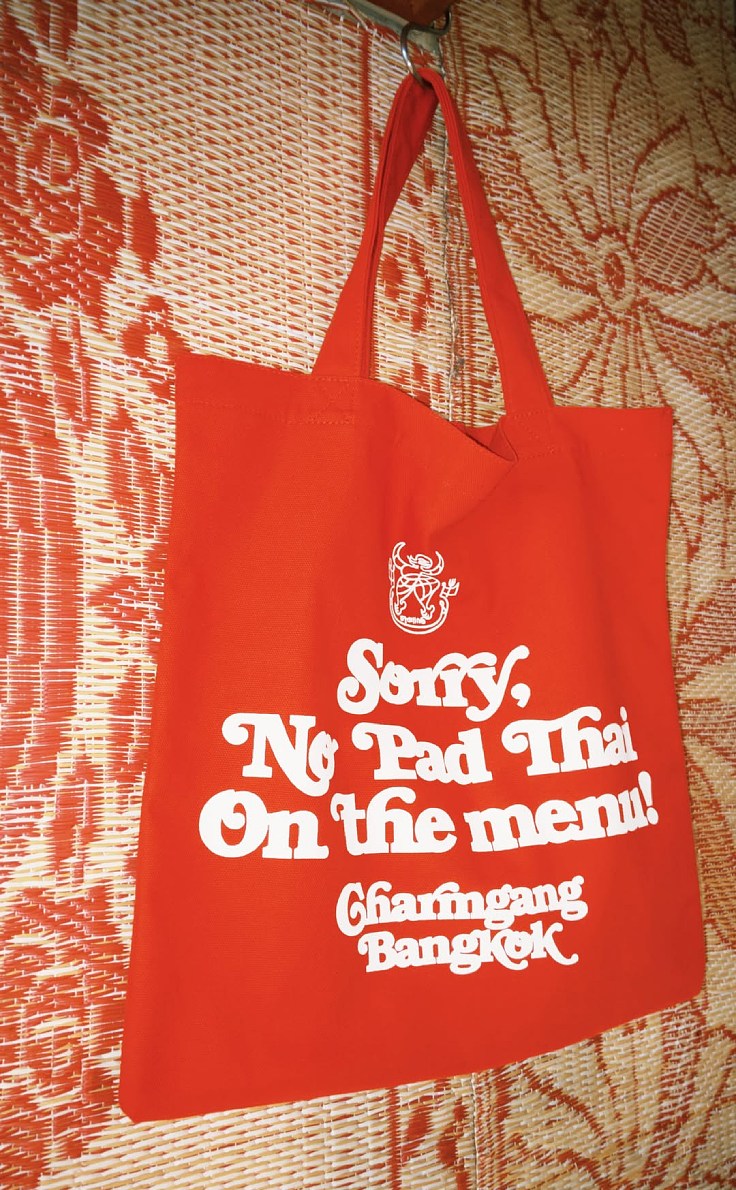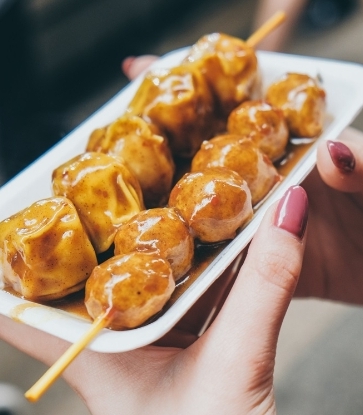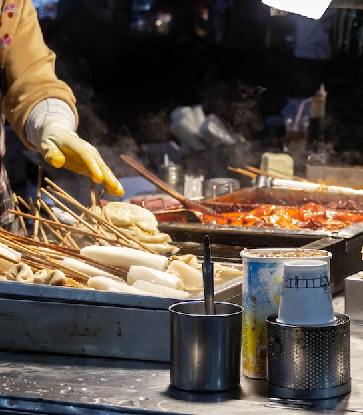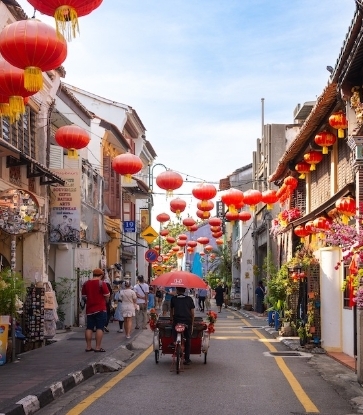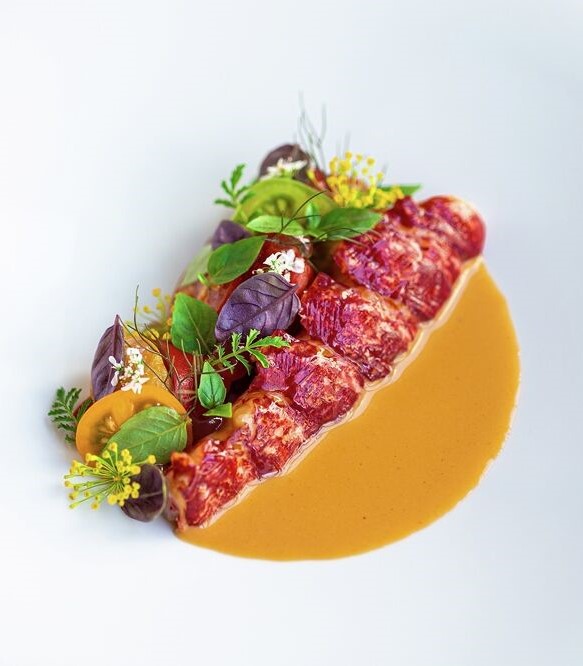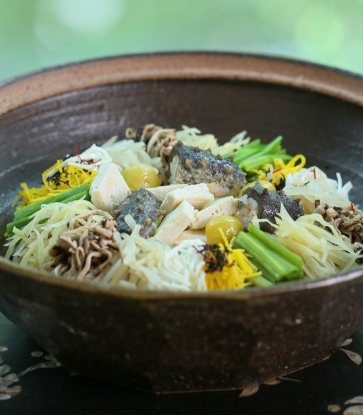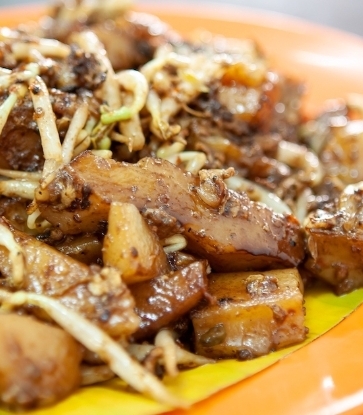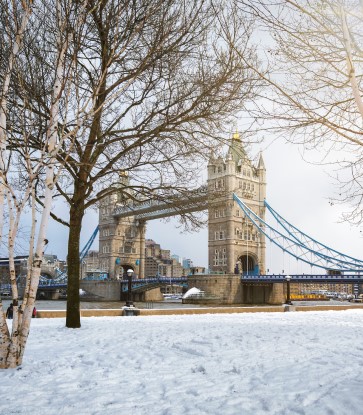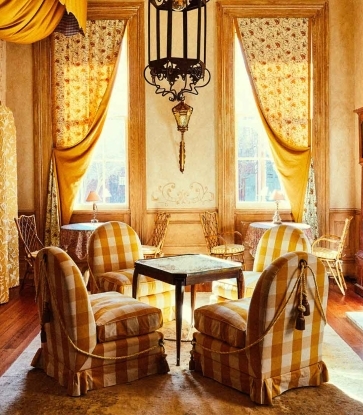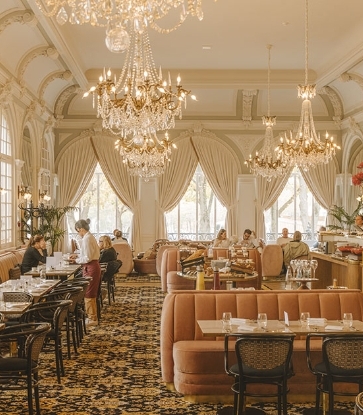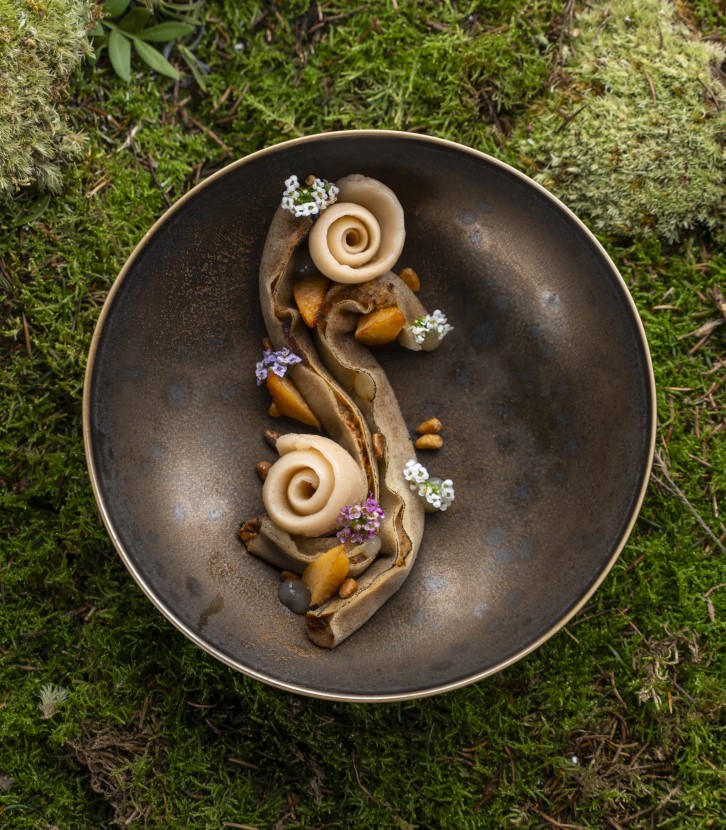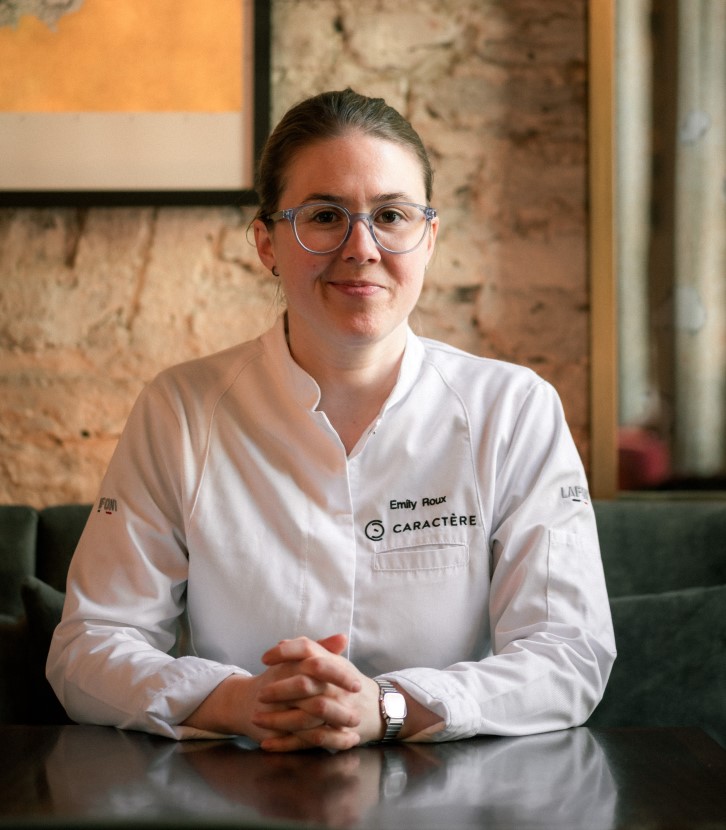
Decades later, Chef Julian Tam of Wo Peng Cuisine introduced pen cai, which quickly gained popularity. So what exactly was served at the dining table before these well-loved dishes emerged at the forefront? In this two part series, we take a look at dishes unique to each dialect group.
“Festive dishes in the olden days are much simpler and did not have fancy names,” says chef Hooi Kok Wai of Dragon Phoenix. “in the 1950’s and 1960’s, most people could not afford to dine at restaurants, and going to one was a big deal.”

One such dish is 'lap mei fan' or rice with cured meat. This aromatic rice dish is prepared in a claypot and topped with ingredients like 'lap cheong” (Chinese sausage) and 'yun cheong' (liver sausage) and preserved duck. This delectable combination is then drizzled with a sauce made of oils from the preserved meats, dark soy sauce and light soy sauce just before it is served.

But no table is complete without dishes teeming with symbolism. One way is to cook with the whole animal with the head and tail intact meant to symbolise a good beginning and a good ending. Another is to use ingredients with auspicious names. Think along the lines of 'hao shi' or dried oysters ('hao shi' sounds like good things or good market), 'fa cai' or black moss ('fa cai' sounds like to make a fortune), 'yu' or fish ('yu' means to have surplus of, in this case good fortune or any other auspicious tidings paired with fish).
Dragon Phoenix is at 177A River Valley Road, #06-00 Novotel Clarke Quay, 6339 3368
When one thinks of Hakka food, dishes like niang dou fu, or stuffed beancurd, abacus seeds and thunder tea rice come to mind. While these dishes are relatively easy to find, traditional Hakka dishes are hard to come by. Fortunately, there is still one place to head to for a taste of old school Hakka dishes: Plum Village, one of the few remaining authentic Hakka restaurants in Singapore.


Another dish that guests love is the “Stuffed Three Treasures”. Mr Lai created this dish by taking the stuffing of traditional stuffed beancurd and applying it to dried oysters and making beancurd skin rolls. Mr Lai explains that toufu in the Hakka dialect means fortune, dried oysters (‘borrowed’ from the Cantonese) symbolise good things, and beancurd skin rolls symbolise fortune rolling ones way. Most auspicious indeed, and delicious too.
Plum Village is at 16 Jln Leban, 6458 9005.



